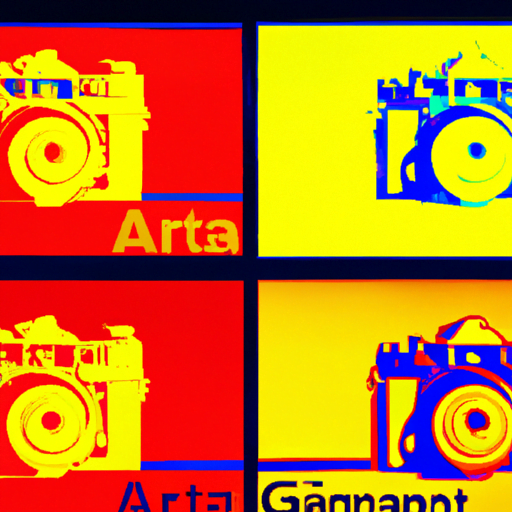
-
Table of Contents
Gerd Arntz: The Revolutionary Artist Who Transformed Visual Communication

Gerd Arntz, a German artist and visual designer, made a significant impact on the field of visual communication during the early 20th century. His innovative approach to creating pictograms and his commitment to social and political activism revolutionized the way we understand and communicate information visually. In this article, we will explore the life and work of Gerd Arntz, his contributions to visual communication, and the lasting legacy he left behind.
Early Life and Education
Gerd Arntz was born on December 9, 1900, in Remscheid, Germany. Growing up in a working-class family, Arntz developed a deep understanding of the struggles faced by the working class. This early exposure to social inequality and injustice would later become a driving force behind his artistic and political endeavors.
Arntz initially studied sculpture at the Düsseldorf Academy of Arts but soon realized that his true passion lay in graphic design and visual communication. He began experimenting with woodcuts and linocuts, exploring the possibilities of simplifying complex ideas into easily understandable visual symbols.
The Isotype System
Arntz’s most significant contribution to visual communication was his collaboration with Austrian sociologist Otto Neurath in the development of the Isotype (International System of Typographic Picture Education). The Isotype system aimed to create a universal language of pictograms that could be easily understood by people of different cultures and languages.
Arntz’s role in the Isotype system was to design and create the pictograms. He developed a unique style characterized by bold, black lines and simplified geometric shapes. Arntz’s pictograms were not mere illustrations; they were carefully designed to convey specific information and concepts.
One of the key principles of the Isotype system was the use of statistical data to inform the design of the pictograms. Arntz believed that visual communication should be based on accurate and reliable data, allowing people to make informed decisions and understand complex information at a glance.
Political Activism and Social Commentary
Arntz’s work was deeply influenced by his political beliefs and his commitment to social activism. He was a member of various left-wing organizations and used his art as a means of expressing his political views and advocating for social change.
One of Arntz’s most famous works is the “100 Pictograms for the Workers” series, created in 1926. This series depicted various aspects of the working class’s struggles, including poverty, unemployment, and exploitation. Arntz’s powerful and evocative images served as a visual commentary on the social and economic conditions of the time.
Arntz’s political activism extended beyond his artwork. He actively participated in protests and demonstrations, using his artistic skills to create banners and posters that conveyed powerful messages. His commitment to social justice and equality was evident in both his art and his actions.
Legacy and Influence
Gerd Arntz’s contributions to visual communication and his innovative approach to creating pictograms have had a lasting impact on the field. His work laid the foundation for the development of modern iconography and influenced countless designers and artists.
The Isotype system, with Arntz’s pictograms at its core, continues to be used today in various fields, including transportation signage, public information systems, and user interface design. The simplicity and clarity of Arntz’s designs make them highly effective in conveying information quickly and efficiently.
Arntz’s commitment to social and political activism also serves as an inspiration to artists and designers today. His belief in the power of art to effect change and his dedication to using his skills for the betterment of society are values that continue to resonate.
Conclusion
Gerd Arntz’s contributions to visual communication and his commitment to social and political activism have left an indelible mark on the art world. His innovative approach to creating pictograms and his belief in the power of visual communication to convey complex ideas have shaped the way we understand and communicate information today.
Arntz’s work serves as a reminder of the importance of art in challenging social norms and advocating for change. His legacy continues to inspire artists and designers to use their skills for the betterment of society, making the world a more visually engaging and socially conscious place.
